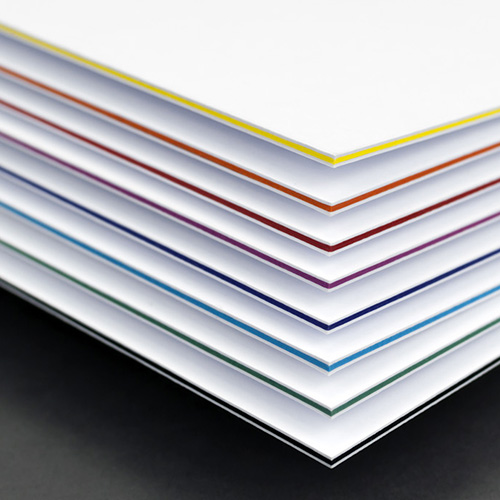Digital Foil
What is Digital foil?
Digital foil is an embellishment that bonds metallic foil to card or paper according to the designers graphic or font. Digital foiling looks virtually identical to traditional foil stamping, but rather than manufacturing a “stamping die” and melting foil onto the card, the image to be foiled is digitally printed and a different type of foil is used which adheres to the printed image. Digital foil is available in a range of foil colours, but can not be colour matched to a pantone like digital printing. The result is a beautifully crisp and shimmering surface image, with stark contrast to the surrounding card and graphics.
How to use digital foil?
Digital foil is used as an embellishment to draw attention to a certain aspect of print, it creates a beautiful shimmering effect that draws attention and conveys luxury and quality. With digital foiling, any printing on the page will be foiled, so it is best to use this embellishment when foiling or nothing is used. A way to have printing and digital foiling intermingled is to, first print the image, then cello-glaze the sheet, next print the image to be foiled on top of the cello, finally pass the cello-glazed card through the foiling process. Each intermingled colour of foil also creates the same issue.
When to use digital foil?
Digital foil is very cost effective for short runs and when variable data foiling is required. With a short run, the cost of the stamping die for traditional foiling can be $200 to $400, whereas the setup costs for the first digitally foiled item is much lower. Long runs typically make more sense with traditional foil. As for variable data, for example printing wedding invitations with each guest’s name foiled…digital foiling is really the only option.
What are the alternatives to digital foil?
The obvious alternative to digital foiling is traditional foiling. Traditional foil typically makes sense for long runs or medium runs when there is an intermingling of print and foil. Whereas digital foil is the right answer for short runs and variable data.
















